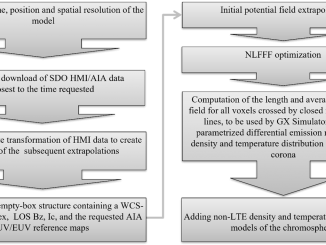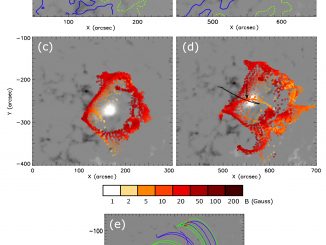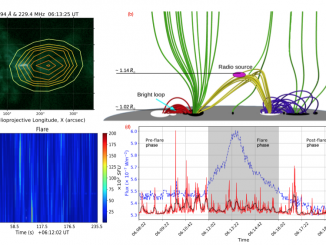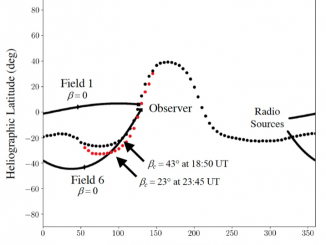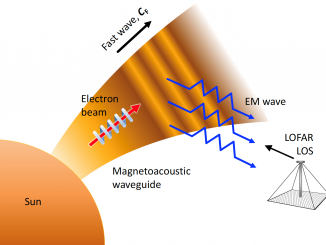Multi-spacecraft Radio Observations Trace the Heliospheric Magnetic Field by D. L. Clarkson et al.
Solar flares accelerate energetic electrons that escape into interplanetary space, guided by the Parker spiral magnetic field, and are responsible for the generation of the interplanetary Type III solar radio bursts. With multiple spacecraft now in orbit around the Sun (see e.g. Musset et al 2021), we are in a unique position of observing the propagation of radio emission through the heliosphere from multiple vantage points. Recent study by Clarkson […]



